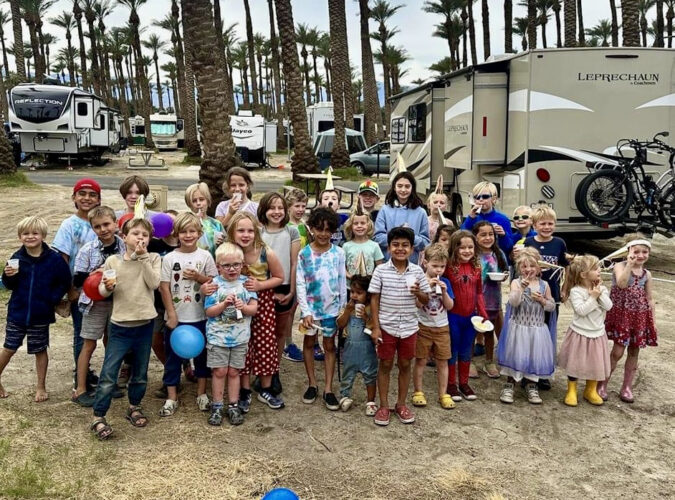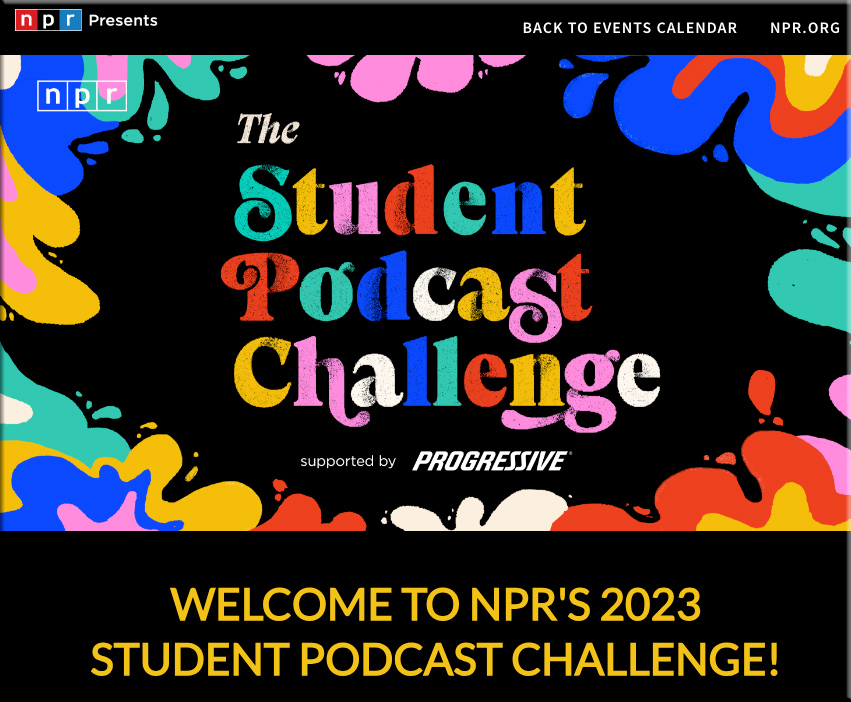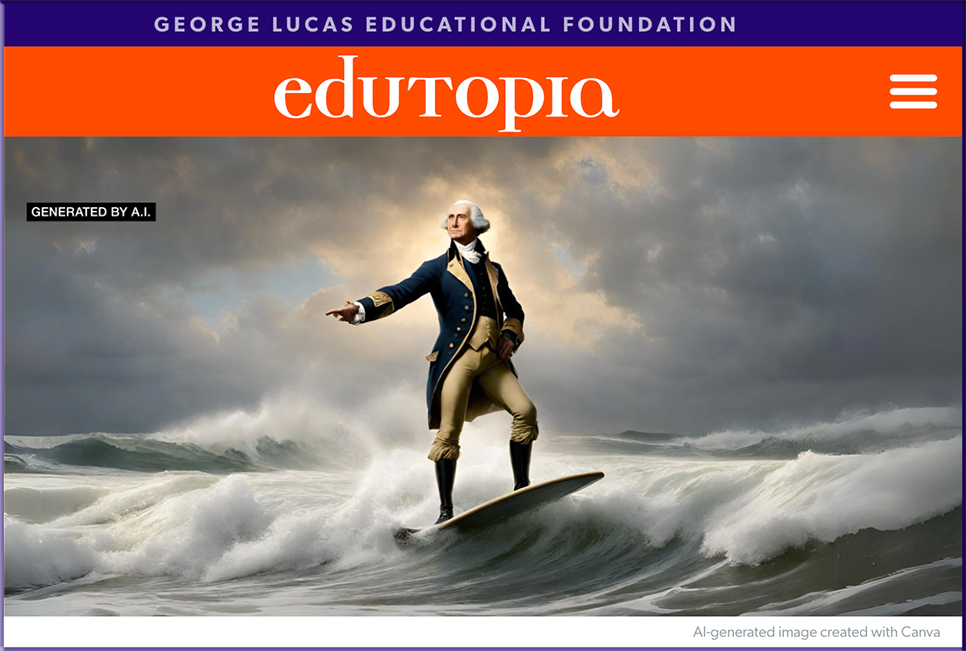It’s Time to Launch a National Initiative to Create the New American High School — from the74million.org by Robin Lake; via GSV
Robin Lake: We must start thinking, talking and acting bigger when it comes to preparing teens for both college and career.
One State Rolled Out a Promising Child Care Model. Now Others Are Replicating It. — from edsurge.com by Emily Tate Sullivan
Excerpt (emphasis DSC):
Last month, business leaders and child care advocates from a handful of states convened on Zoom. Representing Michigan, Kentucky, North Carolina and Virginia, they had come together to discuss a new child care model, called “Tri-Share,” that has gained traction across the country, including in their respective regions.
The cost-sharing model, in which the state government, the employer and the employee each pay for one-third of the cost of child care, first launched in 2021 in Michigan, where it is furthest along. But it has become so popular that other states, including New York, North Carolina and Kentucky, have already secured funding for their own adaptations of the program.
Also relevant/see:
- Emerging Solutions for America’s Broken Early Education System — from edsurge.com by Emily Tate Sullivan
Road Scholars: When These Families Travel, School Comes Along for the Ride — from the74million.org by Linda Jacobson; via Matthew Tower
‘It’s not just a pandemic thing,’ one industry expert said about the growing number of families ‘roadschooling’ across the country.
Using Technology for Students in Special Education: What the Feds Want Schools to Know — from edweek.org by Alyson Klein
But this is the first time the department has released guidance on how assistive technology relates to the special education law. That’s partly because schools have come to rely so much more on technology for teaching and learning, Wright-Gallo said.
The guidance, released last month, is aimed at parents, specialists who provide services to babies and toddlers at risk of developmental delays, special educators, general educators, school and district leaders, technology specialists and directors, and state education officials, Wright-Gallo said.
Guiding and Connecting the Homeschooling Community — from michaelbhorn.substack.com by Michael B. Horn
How ‘Teach Your Kids’ is Empowering Parents to Take Charge of their Students’ Educations
More and more parents are taking charge of their children’s education through homeschooling. Manisha Snoyer’s podcast and online homeschooling community, Teach Your Kids, is seeking to empower parents with the guidance, tools, and network they need to thrive as educators for their children. She joined the Future of Education to discuss her work, dispel misconceptions about homeschooling, and consider the future of this growing trend. I was intrigued to explore her observations that, through modularity, families can pull apart socialization, childcare, and the learning itself to make the benefits of homeschooling much more accessible. As always, subscribers can listen to the audio, watch the video, or read the transcript.
Can Career Learning Bring America’s Young People Back to School? — from realcleareducation.com by Taylor Maag
School absenteeism sky-rocketed post-pandemic: 6.5 million more students missed at least 10% or more of the 2021-22 school year than in 2017-18. This means 14.7 million students were chronically absent even after schools reopened from the pandemic. While preliminary data shows that absentee rates slightly decreased in the 2022-23 school year, truancy remains a serious concern for our nation’s K-12 system.
…
If we want to get students back in the classroom and avoid poor outcomes for our nation’s young people, U.S. leaders must rethink how we operate K-12 education. One potential solution is reinventing high school to ensure every young person is exposed to the world of work through career-oriented education and learning. An analysis of international cross-section data found that nations enrolling a large proportion of students in vocational or career-focused programs have significantly higher school attendance rates and higher completion rates than those that don’t.
My child with ADHD is being disciplined at school for things they can’t control. What can I do? — from understood.org by Julian Saavedra, MA
Is your child with ADHD being disciplined at school more and more? Get expert advice on how to manage school discipline. Learn the steps to better advocate for your child.
Also relevant/see:
- What can I do if my child’s teacher takes recess away? — from understood.org By Kristin J. Carothers, PhD
School can be extra hard for kids with ADHD when teachers take recess away. An expert weighs in on how you can work with teachers to find a solution. - For teachers: What to expect in an IEP meeting — from understood.org by Amanda Morin
You’re not alone in having questions about IEP meetings. If you’re not a special education teacher, you may not have a lot of training around the IEP process. Here are some of the basics:

















